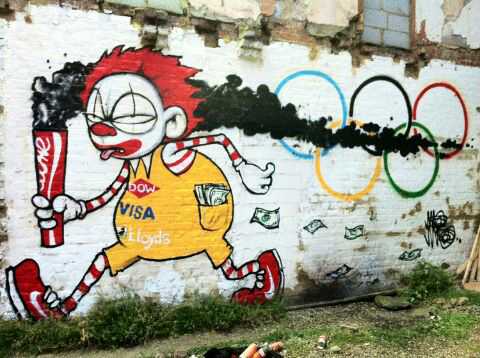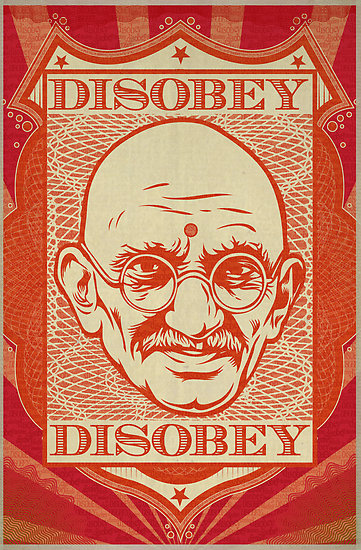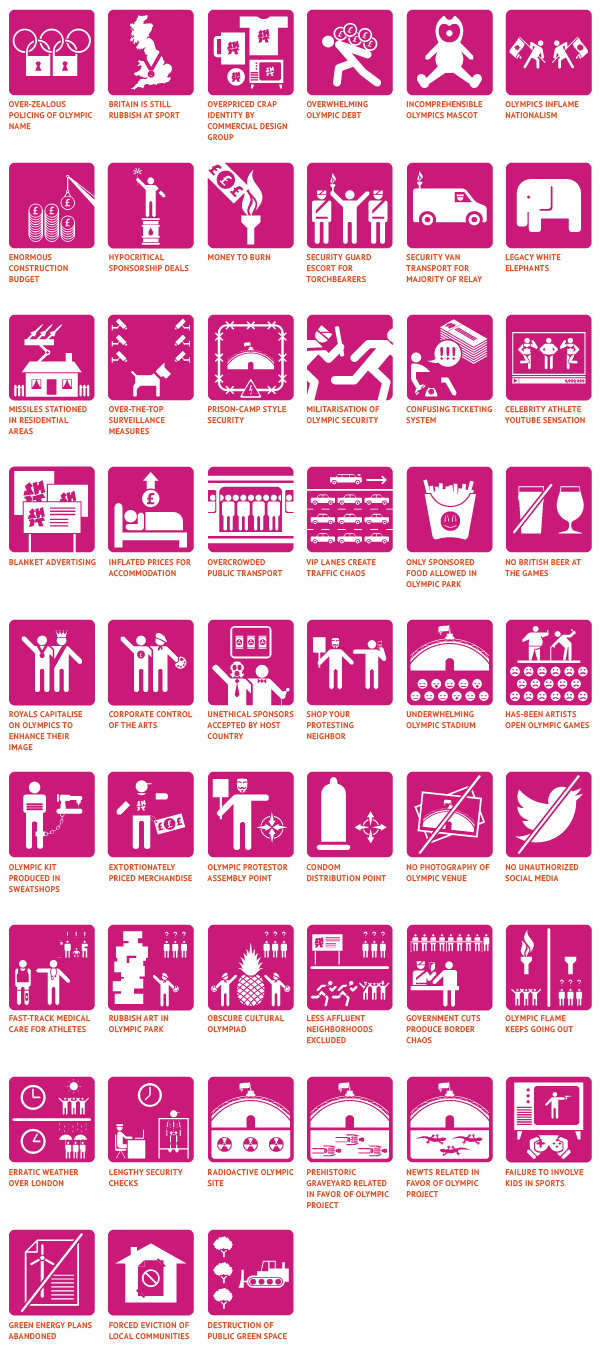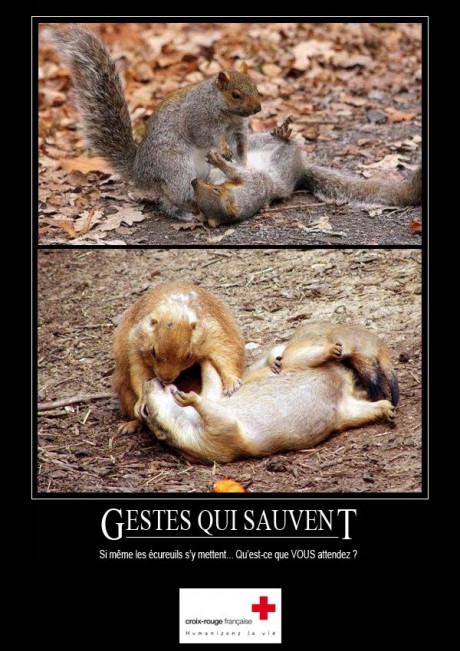August 2012

Social Media Censorship in China
 Researchers at Harvard scraped Chinese social media sites to produce this fascinating analysis of censorship patterns: criticism of the Government and its leaders are actually OK, but grievances that spread virally or suggestions of collective action are removed within 24 hours.
Researchers at Harvard scraped Chinese social media sites to produce this fascinating analysis of censorship patterns: criticism of the Government and its leaders are actually OK, but grievances that spread virally or suggestions of collective action are removed within 24 hours.
The abstract follows (my emphasis added):
“We offer the first large scale, multiple source analysis of the outcome of what may be the most extensive effort to selectively censor human expression ever implemented. To do this, we have devised a system to locate, download, and analyze the content of millions of social media posts originating from nearly 1,400 different social media services all over China before the Chinese government is able to find, evaluate, and censor (i.e., remove from the Internet) the large subset they deem objectionable.
Using modern computer-assisted text analytic methods that we adapt and validate in the Chinese language, we compare the substantive content of posts censored to those not censored over time in each of 95 issue areas. Contrary to previous understandings, posts with negative, even vitriolic, criticism of the state, its leaders, and its policies are not more likely to be censored. Instead, we show that the censorship program is aimed at curtailing collection action by silencing comments that represent, reinforce, or spur social mobilization, regardless of content. Censorship is oriented toward attempting to forestall collective activities that are occurring now or may occur in the future — and, as such, seem to clearly expose government intent, such as examples we offer where sharp increases in censorship presage government action outside the Internet.”
You can download the full paper here.
Always interesting are the clever ways Chinese bloggers route around automated keyword filters using images, puns, and “homographs” — characters with different meanings that have similar shapes. This results in some massive “community management” mechanics: much censorship is largely manual labor on the part of hundreds of thousands of Internet police and “50 cent party members.”
I also find echoes of the Chinese censorship pattern resonate in the U.S. media landscape (including the design literature) though not as explicit censorship, per se. While criticism, dissent and rebellion are celebrated, commodified and institutionalized here (“Maverick for President!”), grievances that have potential to mobilize or stories about political organizing or collective action potential are harder to come by.
Disobey
I enjoyed this simple détournement by LibertyManiacs of Shepard Fairey’s platitudinous brand. Irony vs irony = sincerity?

Critical Pictograms
Olympic pictograms have been used since the 1936 Berlin games to create a visual system of signs for navigating (and decorating) the games and host cities across language barriers. See this writeup or animated appraisal for a visual tour of pictograms through the years.
This year’s London games use two sets of pictograms: simple silhouettes for utilitarian communication and a more exuberant version for decorative applications.
In 2004 VirusFonts reinterpreted the Olympic pictogram in a series of satirical icons to puncture the heroism and reflect the bribery, political manipulation, drugs and greed behind the Athens Olympics. Last week they released a new set to reflect on the controversies and accusations leveled at the 2012 London games. The pictograms riff on the iconic style developed by Otl Aicher for the 1972 Munich Olympics.
Below, the full set of 2012 Olympukes:
Olympukes 2012 is available for download as a font and is free for personal, non-commercial use.




